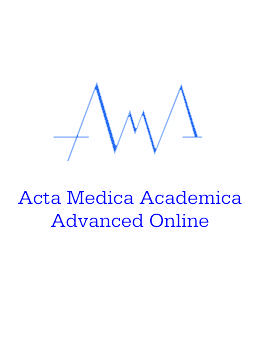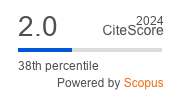Surgical Anatomy of Corona Mortis: A Literature Review and Its Significance in Minimally Invasive Surgery
DOI:
https://doi.org/10.5644/ama2006-124.480Keywords:
Corona Mortis, Surgery, Anatomical, VariationAbstract
Objective. This article reviews the literature on the anatomy, incidence, and clinical significance of the corona mortis, especially in minimally invasive surgery, where inadvertent surgical complications are more likely to occur.
Methods. A systematic search was performed using the PubMed, Google Scholar, and ScienceDirect databases. Studies with the term “corona mortis” in the title and/or abstract published between 2000 and 2025 that were relevant to the aim of this study were included in this review. Studies published in languages other than English were excluded. The studies were analyzed using narrative data synthesis.
Results. This study reviews the relevant literature and provides a thorough overview of the anatomy of the corona mortis vessels, including different classifications, incidence, location, and size of the vessels. There was a significant discrepancy in the reported prevalence of the corona mortis between studies, especially cadaveric and intraoperative studies. Both arterial and venous ‘corona mortis’ vessels have been reported, with a greater frequency of venous vessels, which are present in approximately 20% and 40% of hemipelvises, respectively. A number of case reports were evaluated regarding injury to the corona mortis vessels during minimally invasive procedures. These case reports highlight that current surgical practices and techniques seem to adequately prevent damage to these structures.
Conclusion. While there is a relative scarcity of reports showcasing adverse events due to the corona mortis, the moderately high incidence of this variable vessel in approximately half of the hemipelvises necessitates detailed anatomical knowledge and consideration when planning a minimally invasive procedure in the retropubic pelvic space.
Downloads
Published
License
Copyright (c) 2025 Panagiotis Ch. Tosounidis, Dimosthenis Chrysikos, Eirini Manoli, Theodore Troupis

This work is licensed under a Creative Commons Attribution-NonCommercial 4.0 International License.





